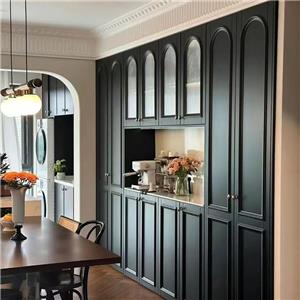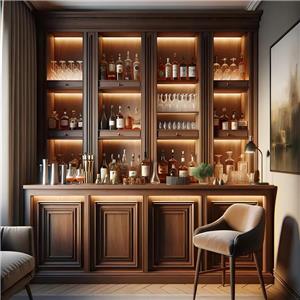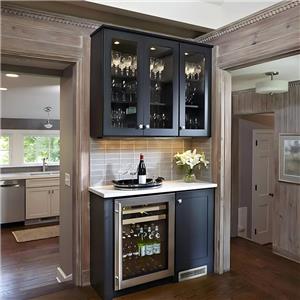Particle board multilayer board eco board flakeboard MDF Can you distinguish between them
Is a board necessarily solid wood?
Is a solid multilayer board definitely better than a particle board?
Is a formaldehyde-free board really formaldehyde-free?
Why are imported boards expensive?
Today, I'm sharing an informative post.
Let's assume we have a log intended for furniture making. We'd need to cut it into specified sizes of planks and timbers, known as sawn timber.
Carpenters take this sawn timber and process it into furniture parts.
For example, table legs, mortise and tenon joints, etc., are then assembled, painted, and thus become solid wood furniture.
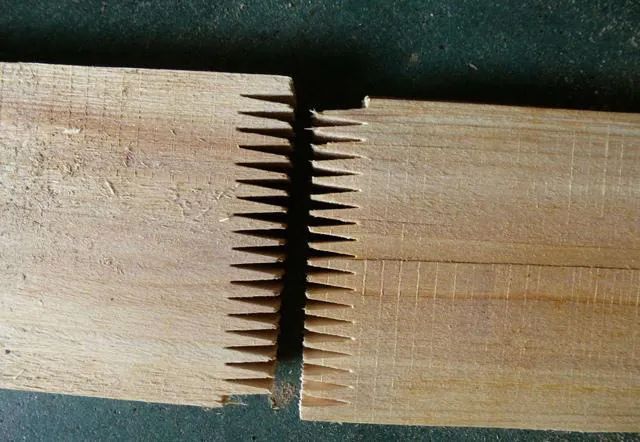
Solid Wood Butt-Joined Board
However, many tabletops are wider than the sawn timber available, so several planks are glued together side by side.
This results in the most basic type of board — the solid wood butt-joined board, generally assumed to be solid wood and not considered a manufactured board.
Finger-Jointed Board (Finger Joint)
But what about short-diameter species or too soft fast-growing woods like rubberwood, pine, or fir, which produce strips that are too narrow and weak for use? They can’t all be used as firewood.
Keep joining! Small strips are joined to form large boards, creating engineered wood, commonly seen where small strips are finger-jointed together.
Thus, the finger-jointed board was born.
This is a transitional product between solid wood and manufactured boards, benefiting both sides.
It improves some of the low-end solid wood issues like warping, deformation, and cracking, but its physical performance still leaves much to be desired, and its appearance is hard to describe.
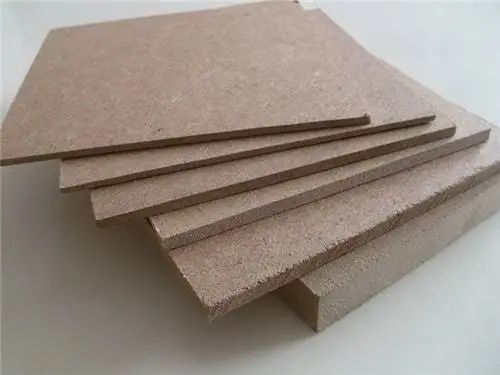
Blockboard (Plywood Core Board)
Finger-jointed and other engineered woods are covered with a layer of wood veneer to become a plywood with a solid wood core, also known as our familiar blockboard (plywood core board).
If covered with melamine decorative paper, it becomes what sales describe as paint-free board, eco-board, or Meranti board.
Advantages include strong nail holding capacity, low moisture content, and easy processing, but disadvantages are susceptibility to moisture and poor vertical bending strength.
However, with automated factory processing of cabinets becoming mainstream, blockboard is now only particularly favored by carpenters.
Multi layer Board
Not enough strength in the joints? Then change the approach: peel the low-end wood into slices, layer by layer, glue them together like a wafer cookie, and cover with a decorative surface, thus creating the multilayer board.
Its strength greatly improved, and it's well-suited for factory automation, becoming momentarily popular. Multilayer board has one very outstanding advantage: good water resistance, making it the first choice for kitchen cabinets.
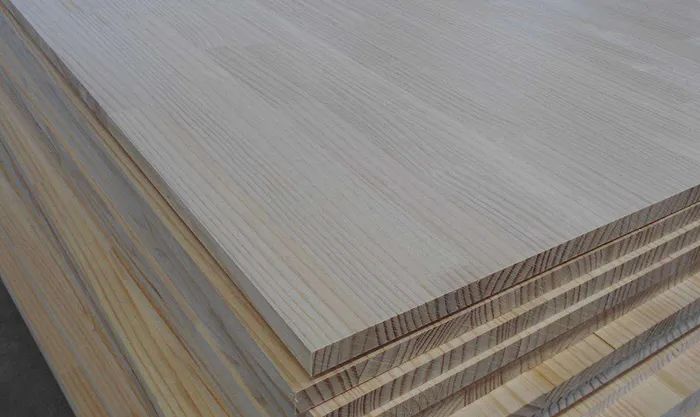
Particle Board
When processing original wood into sawn timber, a lot of offcuts are produced. These are made into wood chips, high-pressure glued together, and covered with a decorative surface to become flakeboard, now commonly called particle board. Big brands still use the same raw materials for production, ensuring high stability.
OSB Board
Particle board has a strength-enhanced version called oriented strand board, also known as OSB board, possessing the strongest physical performance among manufactured boards, typically used for ceiling joists, curtain boxes, door frames, wall panels, and even building walls.
Many people argue that particle board uses more glue than blockboard and multilayer board, so how can it be eco-friendly? We'll discuss this in the third paragraph.
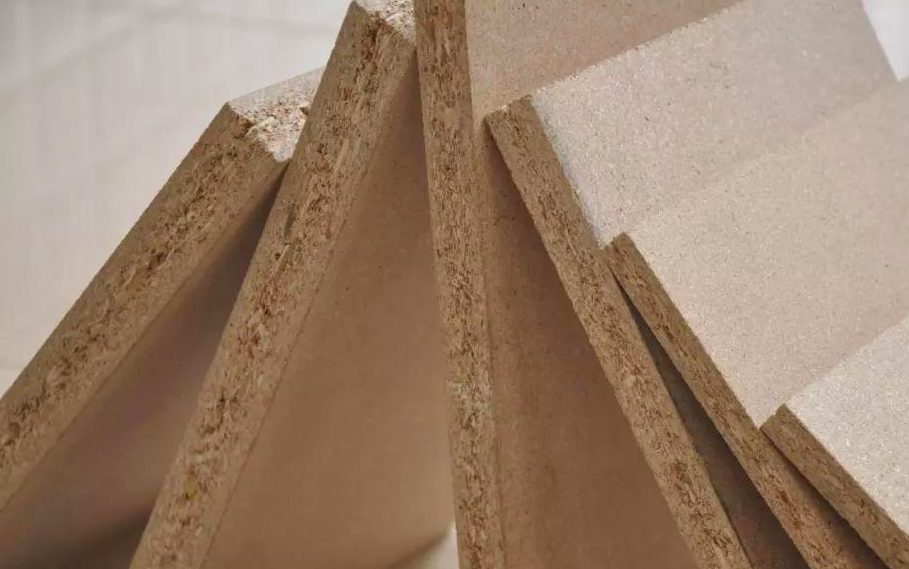
MDF
However, particle board isn’t versatile for all shapes.
What can be shaped is MDF, made from wood or various plant fibers turned into fine powder, glued and pressed together, then covered with a decorative surface.
MDF can be absolutely flat and processed into various shaped door panels, covered with PVC film to become molded or thermofoil boards, and can also be made into tactilely pleasing PET or UV boards. A vision in the door industry, your friend.
MDF's disadvantages are quite obvious, it's difficult to control for environmental safety, and it’s particularly non-resistant to moisture. However, difficult as it may be, there are high environmental grades achieved.
Here we discusses various types of wood-based boards used in furniture making and construction, highlighting their characteristics, advantages, and disadvantages. It begins by explaining that not all boards are made of solid wood and that even solid multilayer boards may not always be better than particle boards.


